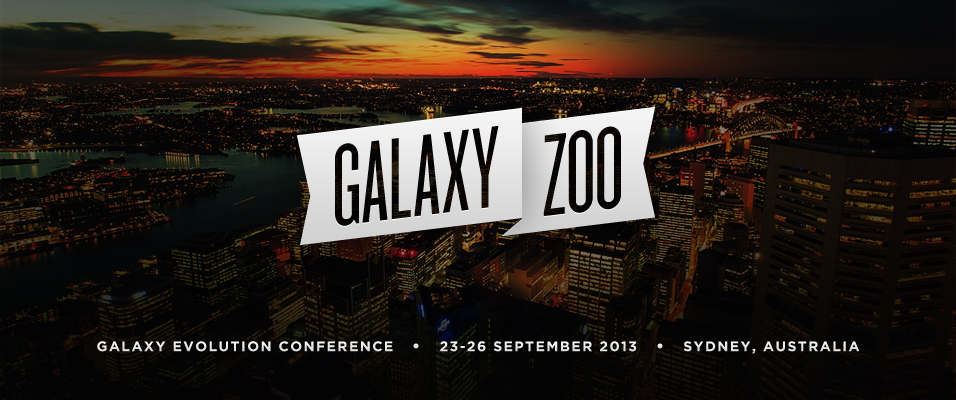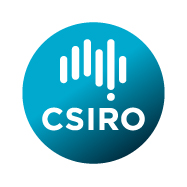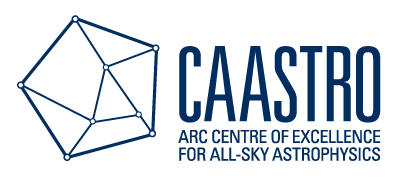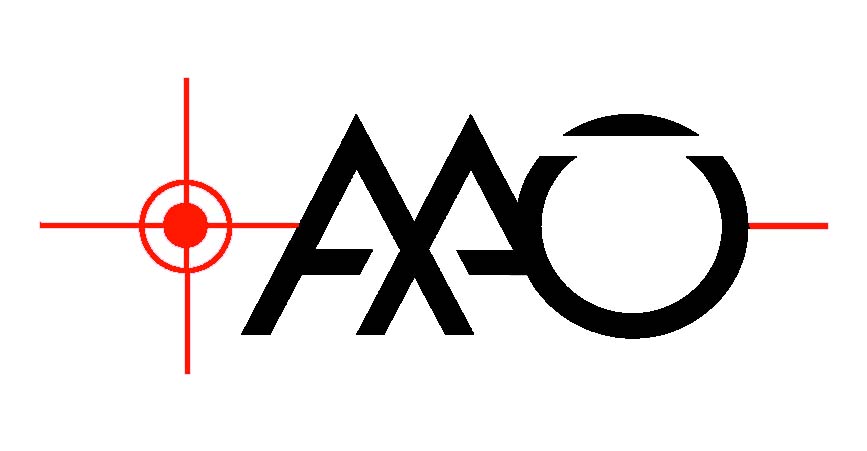 Follow @GZConf_SYD
Follow @GZConf_SYD
Evolutionary Paths in Galaxy Morphology
How do galaxies form and evolve? What shapes galaxies? What are the roles of supermassive black holes and bars in galaxy evolution? Nature and nurture both play important roles in galaxy evolution and the aims of this meeting are to: (i) further develop our understanding of the many underlying physical processes that are responsible for shaping the galaxies that we observe in the Universe around us; and (ii) showcase the high impact scientific contributions by Galaxy Zoo to the study of galaxy evolution. To catch the galaxies in the act of transformation, huge samples of galaxies are needed before we can identify one that is in the stage of transformation, especially if these transformation processes occur relatively quickly. A direct consequence of very large surveys is the emergence of "big data" science which severely challenges traditional data processing techniques. Hence, there exists a great need to develop a variety of techniques to fully maximise the scientific return.
Whether you're already working with Galaxy Zoo data, curious about how it might inform your science, or if you just want to spend a few days thinking about galaxy evolution, we hope you'll join us. With more large surveys coming from next generation facilities such as LSST and ASKAP, this meeting will also act as a springboard for Galaxy Zoo-like projects using very large datasets.
All presentations for this conference can be found at gzconf.galaxyzoo.org
Invited Speakers
Carol Christian
Aeree Chung
Matthew Colless
Scott Croom
Darren Croton
Roger Davies
Karl Glazebrook
Andrew Hopkins
Chris Lintott
Jen Lotz
Karen Masters
Kevin Schawinski
Chris Snyder
Ivy Wong
When
September 23-26, 2013 with early check-in available September 22, 2013.
Where
Powerhouse Museum in Sydney, Australia
Sponsors
The main sponsor of this event is CSIRO through the Cutting Edge Symposium 2013 program. We also thank our other sponsors: the Powerhouse Museum, ARC Centre for all-sky Astrophysics (CAASTRO), the International centre for Radio Astronomy Research (ICRAR) and the Australian Astronomical Observatory (AAO).





